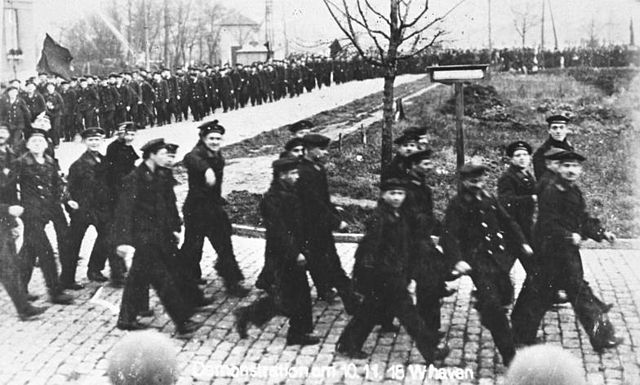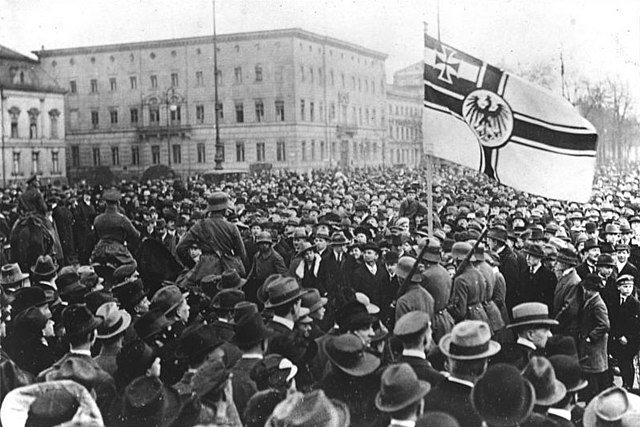The Küstrin Putsch of 1 October 1923, also known as the Buchrucker Putsch after its leader, was a coup attempt against the Weimar Republic by units of the paramilitary Black Reichswehr under Bruno Ernst Buchrucker. It was launched in response to nationalist anger over the government's decision to end passive resistance against the French and Belgian occupation of the Ruhr. It failed both in Berlin and in the eastern German town of Küstrin when the colonel in charge of the Küstrin Fortress detained Buchrucker and called in the Reichswehr. Buchrucker was convicted of treason and sentenced to prison but was amnestied after serving four years of the ten-year sentence.
Modern view of the Küstrin Fortress, where Buchrucker's men assembled for the coup attempt
The Spandau Citadel in Berlin, center of the Berlin part of the putsch.
The Weimar Republic, officially known as the German Reich, was a historical period of Germany from 9 November 1918 to 23 March 1933, during which it was a constitutional federal republic for the first time in history; hence it is also referred to, and unofficially proclaimed itself, as the German Republic. The period's informal name is derived from the city of Weimar, which hosted the constituent assembly that established its government. In English, the republic was usually simply called "Germany", with "Weimar Republic" not commonly used until the 1930s.
Sailors during the mutiny in Kiel, November 1918
Philipp Scheidemann addresses a crowd from a window of the Reich Chancellery, 9 November 1918.
Official postcard of the National Assembly
Crowds in Berlin watching the Marinebrigade Ehrhardt march in under the imperial war ensign during the Kapp Putsch






